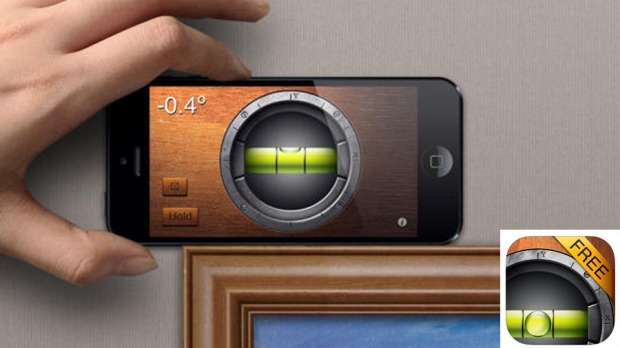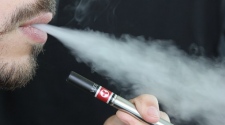Levels of carbon monoxide could be difficult to determine with only our physical senses. It can pose grave risk to our health and even cause death. Any combustion process will produce carbon monoxide as by-product. Worn out, improperly installed and defective flues, vents, chimneys and appliances could cause problems. Another source of CO (carbon dioxide) inside our house is from wood-burning devices. We should check our house to determine whether there are wood-burning devices inside our house. Electric baseboard heater, dryer and hot water heater should be quite safe, because there’s no fuel to burn. We would need to be worried only if someone sneaks in a BBQ grill into the house during winter.

Level of CO can be measured by specific test meters and the level can be quite high on areas near old furnace. We may hold the CO detector in various locations, including near heat exchangers or at draft hoods. Another smart thing to do is by putting a meter on the interior heat supply register. This should simulate the maximum level of CO exposure inside the house. There are different concentration levels of CO that we need to know
- 9ppm – maximum allowable CO concentration for continuous exposure.
- 35ppm – maximum allowable CO concentration for short-term exposure.
- 200ppm – maximum allowable CO concentration for 15-minute period, will likely cause nausea, headaches and headaches for long-term exposure.
- 400ppm – maximum allowable CO concentration for two hours and can be life threatening after three hours.
- 12,800ppm – causes near death with less than 5 minutes to live.
If we have old furnace, flue and wood-fired devices; it is important to call the home inspector before winter arrives. We should do this during fall, when we start to use heaters and seal our house. It is quite likely that furnace will be the primary source of CO in our house. If the readings are high, it is often suggested to stop using the furnace until qualified HVAC technician can examine it. Even if the CO levels are normal, it is important to regularly check an old furnace, because we don’t want it to fail in the middle of the cold winter. We should run a proper CO test for our own peace of mind. This will make sure that occupants won’t be exposed to potentially lethal levels of carbon monoxide. Some house owners go into permanent sleep in the night due to lethal CO poisoning.
It should be considered an essential home improvement project to install affordable CO alarms inside our house. They may not be as sophisticated as meters used by inspectors, but could still notify us when the level of CO has reached dangerous level. They are essential emergency devices and can be placed in critical areas, such as near the furnace or any wood-fired device. CO poisoning is particularly dangerous when it happens during sleep, so we could install the alarm system in the bedroom. As an example, the alarm system can sound when the CO level reaches 400ppm or higher.
















